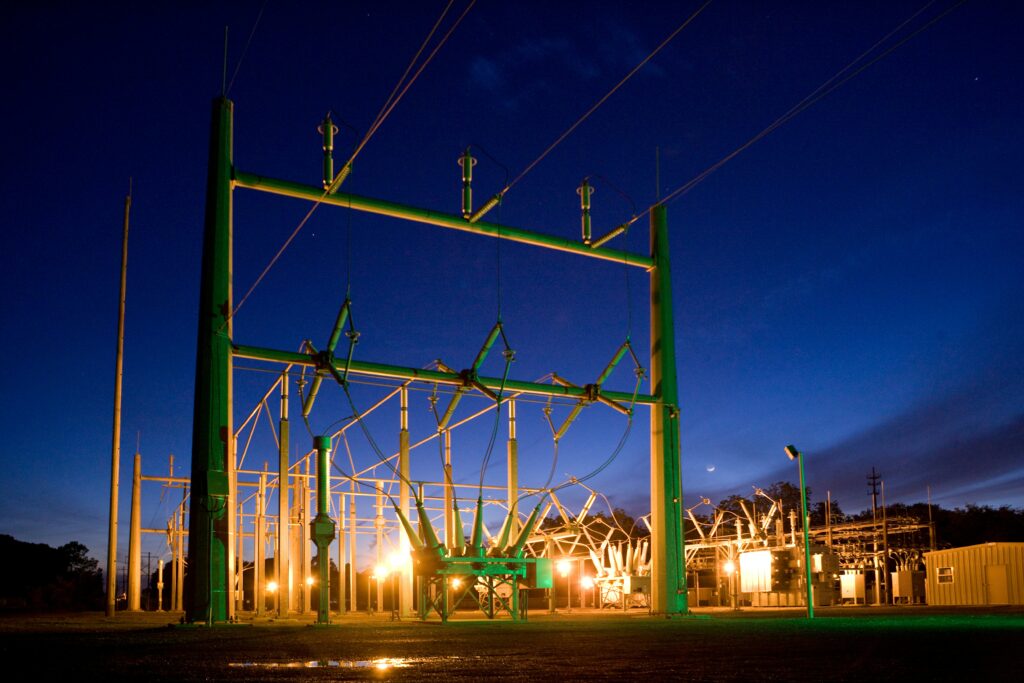Ending monopoly to curb frequent power outages: Further review of the new energy regulations.

In last week’s Vellum, we covered the draft Energy (Electricity Market, Bulk Supply and Open Access) Regulations, which opened access to the entire value chain of the electricity grid to anyone interested in selling electricity in the country. This effectively ends Kenya Power and Kenya Electricity Transmission Company (KETRACO) monopoly as the sole transmitters and distributors of electricity in the county. However, the regulations, while touching on the operator, did not expressly go in-depth into the role of the system operator, and the Energy and Petroleum Authority (EPRA) had to gazette the Energy (Systems Operations) Regulations 2023 to lay out this pivotal role.
These new regulations designate only one systems operator who will be granted a 20-year licence. The system operator’s role is important as the functioning of the whole electricity grid is their main mandate. They are to match demand and supply, supervise and ensure a stable network, ensure optimal schedule and dispatch of electricity, keep records and coordinate with other countries whose grids are interconnected to Kenya’s. Therefore, if this license is revoked, an administrator can be appointed by the regulator. The system operator is also given the role of liaising with the Eastern Africa Power Pool Coordination Centre to coordinate cross-border trade.
Looking back at the frequent power outages that have occurred in Kenya, it is evident that the system operator would be responsible if these outages persisted. Managing the grid and ensuring a robust system where demand matches supply are critical aspects. Electricity is not stored but used as generated. Therefore, flagging demand disrupts the system and leads to a weak grid. The intricate part of the job is to offload and onload power generators.
In addition to these regulations, the regulator this month published the Kenya National Distribution Grid Code (KNDGC) which discusses in depth the roles and obligations of the players in the new open access system. What is expected of entities licensed to generate electricity? These include Distribution Network Service Providers (DNSP), Retail Supply licensees and other distribution network users of the distribution system.
The KNDGC defines the roles and responsibilities to ensure an open and transparent system that is also safe, secure, reliable, and efficient.
There is also the Kenya National Transmission Grid Code (KNTGC), which was published this month in addition to KNDGC. The KNTGC aims to delineate the mutual responsibilities of participants utilising the Kenya National Transmission System (KNTS) and engaging with the Eastern African Power Pool.
An assessment of the current system and capabilities of various entities indicates that KETRACO is the most likely to hold the role of system operator. However, it will always be with the knowledge that the license rights can be revoked if the terms of the contract are not fulfilled. It is akin to giving a performance contract where one was not in place. This is bound to get the regulator to be more efficient in the delivery of services. Given the recent regulations and codes talked about, the era of long nationwide blackouts is coming to an end.

